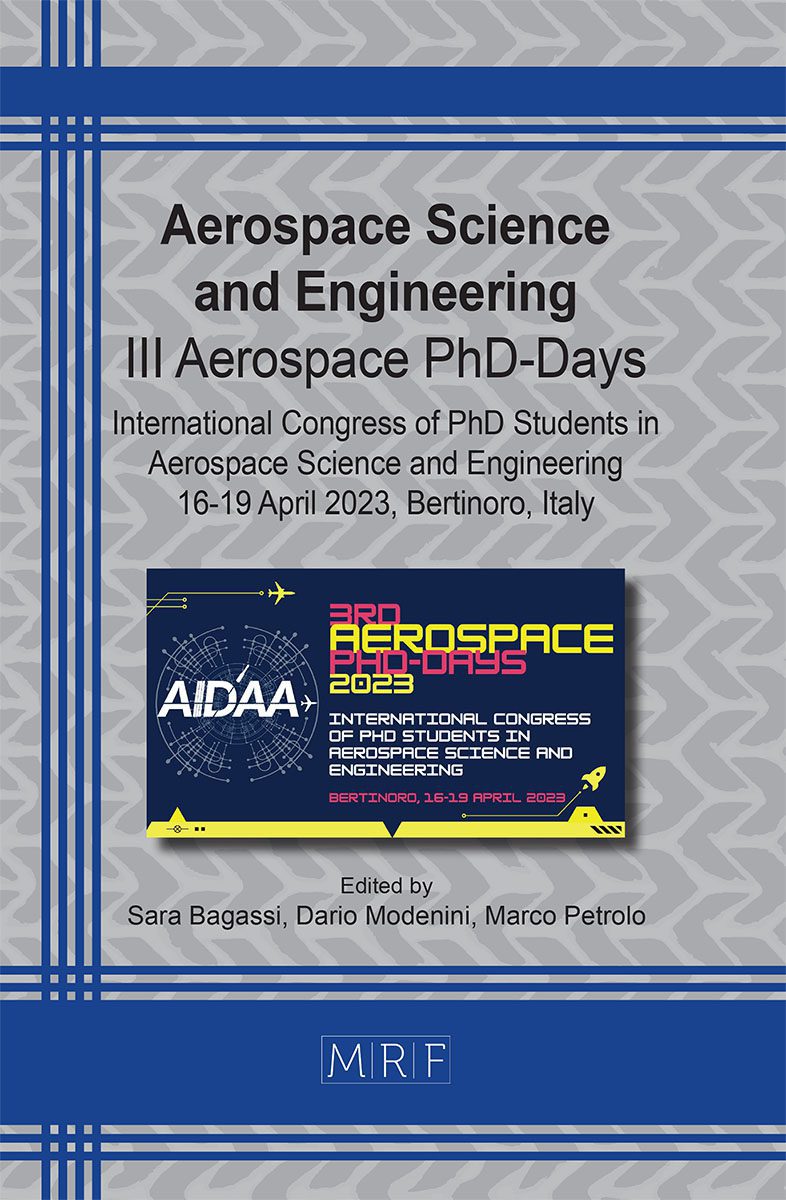An extended ordinary state-based peridynamics model for ductile fracture analysis
Jing Zhang, Qingsheng Yang, Xia Liu
download PDFAbstract. The present research establishes a two-step strategy to incorporate classical elastoplastic constitutive model into ordinary state-based peridynamics (OSB-PD) for ductile fracture analysis. Three length levels are notified, respectively, bond level, material particle level and bulk level. The unified Bodner-Partom theory is incorporated into the OSB-PD framework to define the bond-wise relationship between deformation state and force state. Particle-wise variables indicating plastic deformation state are extracted from connecting bonds to establish the unified ductile damage model at particle level. The damage indicator in turn exerts effects on the following plastic deformation. At present study, the collaboration among PD and unified theories amplifies the theoretical unity of PD in defining material behaviors. Simulations under quasi-static and impact loading conditions are carried out to demonstrate the effectiveness of the present model in reproducing ductile fractures at bulk level.
Keywords
Peridynamics, Meshfree Method, Elastoplastic Deformation, Fracture
Published online 9/1/2023, 7 pages
Copyright © 2023 by the author(s)
Published under license by Materials Research Forum LLC., Millersville PA, USA
Citation: Jing Zhang, Qingsheng Yang, Xia Liu, An extended ordinary state-based peridynamics model for ductile fracture analysis, Materials Research Proceedings, Vol. 33, pp 294-300, 2023
DOI: https://doi.org/10.21741/9781644902677-43
The article was published as article 43 of the book Aerospace Science and Engineering
![]() Content from this work may be used under the terms of the Creative Commons Attribution 3.0 license. Any further distribution of this work must maintain attribution to the author(s) and the title of the work, journal citation and DOI.
Content from this work may be used under the terms of the Creative Commons Attribution 3.0 license. Any further distribution of this work must maintain attribution to the author(s) and the title of the work, journal citation and DOI.
References
[1] Li H, Fu MW, Lu J, Yang H. Ductile fracture: Experiments and computations. International Journal of Plasticity 2011;27:147–80. https://doi.org/10.1016/j.ijplas.2010.04.001.
[2] Silling SA, Madenci E. Editorial: The World Is Nonlocal. J Peridyn Nonlocal Model 2019;1:1–2. https://doi.org/10.1007/s42102-019-00009-7
[3] Erdogan Madenci, Atila Barut, Mehmet Dorduncu. Peridynamic Differential Operator for Numerical Analysis. Springer; 2019.
[4] Silling SA. Reformulation of elasticity theory for discontinuities and long-range forces. Journal of the Mechanics and Physics of Solids 2000;48:175–209. https://doi.org/10.1016/S0022-5096(99)00029-0
[5] Silling SA, Epton M, Weckner O, Xu J, Askari E. Peridynamic States and Constitutive Modeling. Journal of Elasticity 2007;88:151–84.https://doi.org/10.1007/s10659-007-9125-1
[6] Gu X, Zhang Q, Madenci E, Xia X. Possible causes of numerical oscillations in non-ordinary state-based peridynamics and a bond-associated higher-order stabilized model. Computer Methods in Applied Mechanics and Engineering 2019;357:112592. https://doi.org/10.1016/j.cma.2019.112592
[7] Javili A, Morasata R, Oterkus E, Oterkus S. Peridynamics review. Mathematics and Mechanics of Solids 2019;24:3714–39. https://doi.org/10.1177/1081286518803411
[8] Bodner SR. Review of a Unified Elastic—Viscoplastic Theory. In: Miller AK, editor. Unified Constitutive Equations for Creep and Plasticity, Dordrecht: Springer Netherlands; 1987, p. 273–301. https://doi.org/10.1007/978-94-009-3439-9_6
[9] Wang T-J. Unified CDM model and local criterion for ductile fracture—I. Unified CDM model for ductile fracture. Engineering Fracture Mechanics 1992;42:177–83. https://doi.org/10.1016/0013-7944(92)90289-Q
[10] Wang T-J. Unified CDM model and local criterion for ductile fracture—II. Ductile fracture local criterion based on the CDM model. Engineering Fracture Mechanics 1992;42:185–93. https://doi.org/10.1016/0013-7944(92)90290-U
[11] Madenci E, Oterkus S. Ordinary state-based peridynamics for plastic deformation according to von Mises yield criteria with isotropic hardening. Journal of the Mechanics and Physics of Solids 2016;86:192–219. https://doi.org/10.1016/j.jmps.2015.09.016
[12] Scapin M, Manes A. Behaviour of Al6061-T6 alloy at different temperatures and strain-rates: Experimental characterization and material modelling. Materials Science and Engineering: A 2018;734:318–28. https://doi.org/10.1016/j.msea.2018.08.011
[13] Xue Z, Pontin MG, Zok FW, Hutchinson JW. Calibration procedures for a computational model of ductile fracture. Engineering Fracture Mechanics 2010;77:492–509. https://doi.org/ 10.1016/j.engfracmech.2009.10.007
[14] Foster J. Dynamic crack initiation toughness: experiments and peridynamic modeling. 2009. https://doi.org/10.2172/1001000
[15] Pagani A, Carrera E. Coupling three‐dimensional peridynamics and high‐order one‐dimensional finite elements based on local elasticity for the linear static analysis of solid beams and thin‐walled reinforced structures. Int J Numer Methods Eng 2020;121:5066–81. https://doi.org/10.1002/nme.6510
[16] Pagani A, Enea M, Carrera E. Quasi‐static fracture analysis by coupled three‐dimensional peridynamics and high order one‐dimensional finite elements based on local elasticity. Numerical Meth Engineering 2022;123:1098–113. https://doi.org/10.1002/nme.6890
[17] Carrera E, Cinefra M, Petrolo M, Zappino E. Finite element analysis of structures through unified formulation. Chichester, West Sussex: Wiley; 2014.































